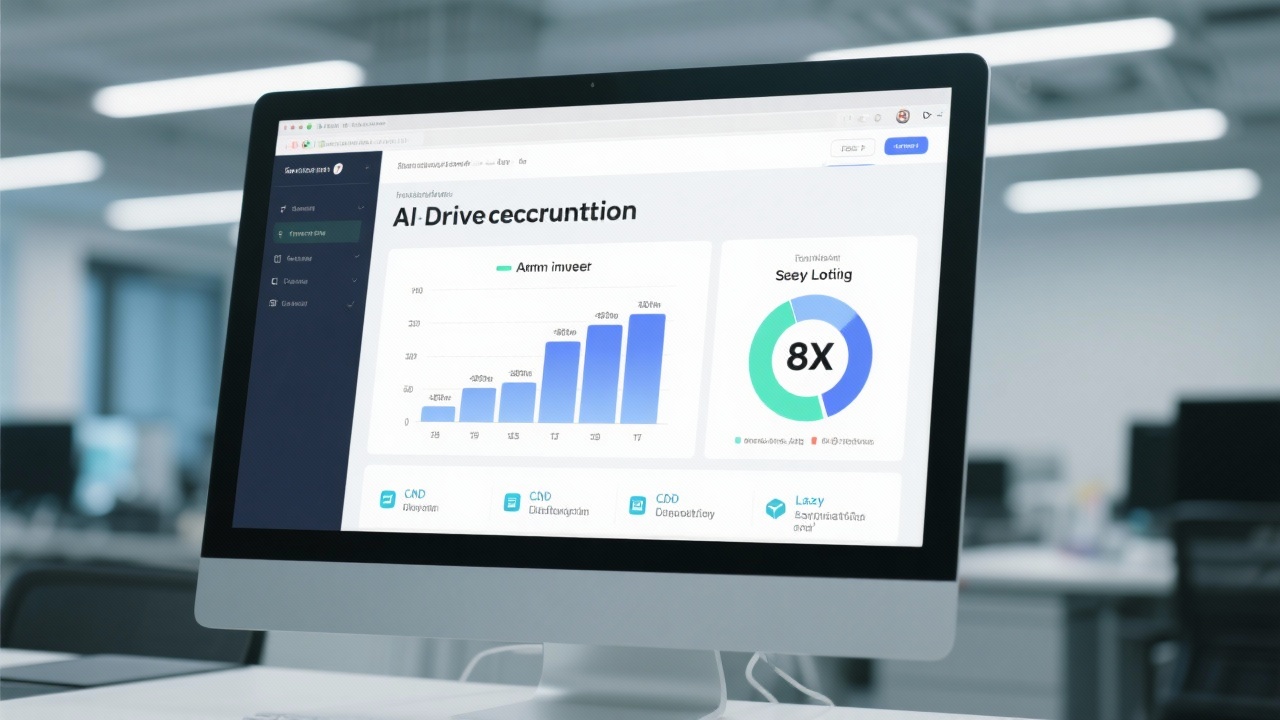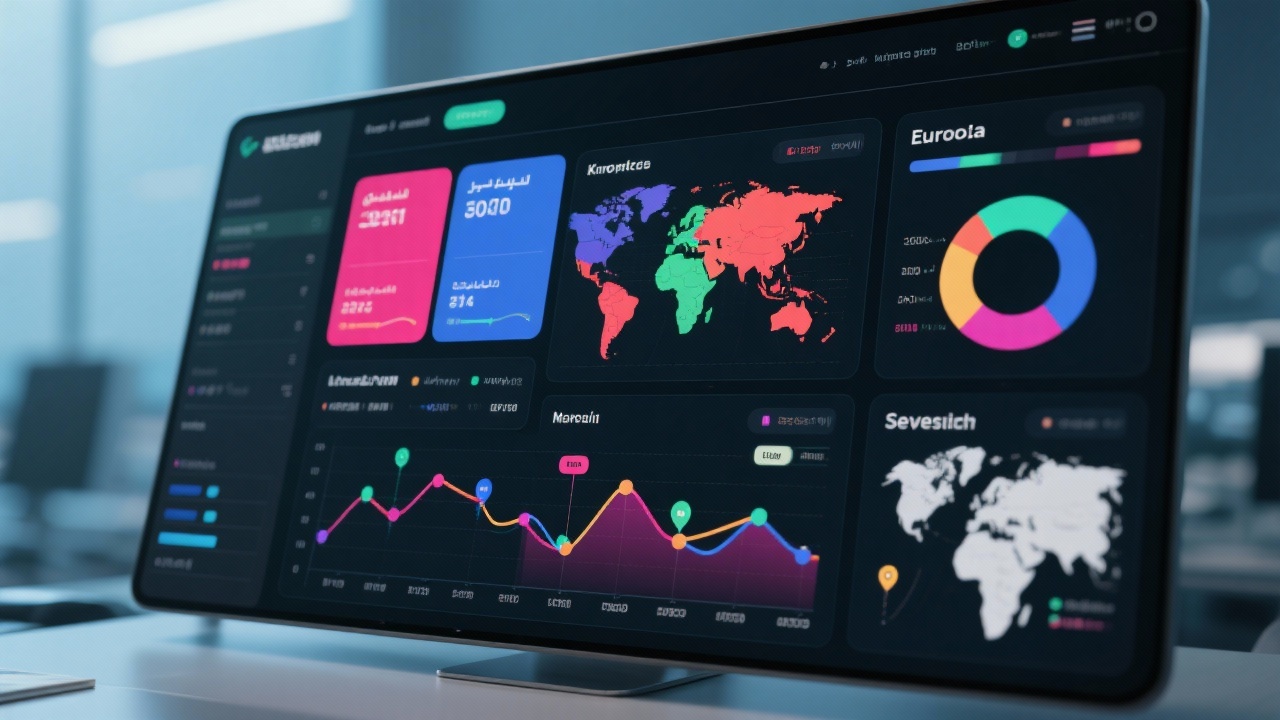
In today’s fiercely competitive international B2B landscapes, boosting organic visibility on Google across diverse linguistic markets requires both precision and scalability. Employing a structured data-driven SEO matrix, tailored for multi-language content, has emerged as a transformative strategy for export-oriented enterprises aiming to outperform competitors and secure sustained global traffic growth.
Keyword research remains the bedrock of any successful SEO strategy. For global B2B websites, it goes beyond simple translation – it demands cultural and contextual adaptation. According to recent studies, 72% of buyers prefer content in their native language, directly influencing conversion rates. Marketers should utilize advanced multilingual keyword tools that analyze search intent locally, uncovering long-tail keywords that reflect regional needs and terminology nuances.
Localized content creation should focus on addressing market-specific pain points and regulatory factors while respecting cultural norms. For example, a Chinese manufacturer targeting Middle Eastern markets might emphasize compliance and halal certification in Arabic content, while European pages highlight eco-certifications and GDPR compliance.
Building a multi-language SEO matrix manually is cost-prohibitive and slow. Deploying AI-driven automated site generation platforms can reduce time-to-market by up to 60%, enabling rapid rollout of geo-targeted microsites or landing pages. These automated structures can ensure consistent schema markup, URL hierarchy, and meta data application that aligns with Google’s best practices.
Structured automation also facilitates ongoing content updates and A/B testing across different markets, which is crucial given Google’s continuous algorithmic adjustments emphasizing user experience and relevance.

Implementing schema markup and other structured data formats exponentially increases a page’s ability to qualify for rich snippets, knowledge panels, and enhanced search appearances. Data from SEMrush indicates websites using structured data markup see an average 20-30% uplift in click-through rates.
For external trade websites, applying Product, Organization, FAQ, and BreadcrumbList schemas can help Google better understand content context, improving indexing and localizing search results. This is particularly impactful in multi-language setups where schema attributes must be localized for each language variant to maintain accuracy.
Google’s mobile-first indexing and Core Web Vitals updates compel SEO teams to optimize for mobile performance rigorously. Over 58% of global B2B search traffic originates from mobile devices, making responsiveness and loading speed non-negotiable.
Techniques such as image compression, lazy loading, and server-side caching can reduce page load times to under 3 seconds—a benchmark correlated with a 15% increase in user engagement and a lower bounce rate.

Leveraging SEO matrices not only boosts organic rankings but also serves as a hub for multi-channel content dissemination—spanning LinkedIn, industry forums, email newsletters, and targeted paid ads. Integrating AI-driven analytics tools enables marketers to capture behavioral data across channels, which in turn feeds back into refining keyword focus and content freshness.
Incorporating this dynamic data loop sustains SEO effectiveness amidst shifting market trends and algorithm modifications. Clients who implemented this integrated cycle observed a 25% uplift in qualified leads within six months.

By leveraging AI-driven tools for keyword discovery, automated site creation, structured data implementation, and cross-channel synergy, B2B exporters can stay ahead of global competition. The intelligent orchestration of these elements accelerates the scaling of SEO initiatives while sustaining high content relevance and user engagement.
This approach creates an airtight conversion funnel, from organic discovery to qualified lead acquisition, critical to long-term branding and revenue growth.
Explore How Structured Data SEO Matrices Can Transform Your Global Trade Business Today
.png?x-oss-process=image/resize,h_100,m_lfit/format,webp)
.png?x-oss-process=image/resize,h_100,m_lfit/format,webp)

.png?x-oss-process=image/resize,h_100,m_lfit/format,webp)
.png?x-oss-process=image/resize,h_100,m_lfit/format,webp)
.png?x-oss-process=image/resize,h_100,m_lfit/format,webp)
.png?x-oss-process=image/resize,h_100,m_lfit/format,webp)
